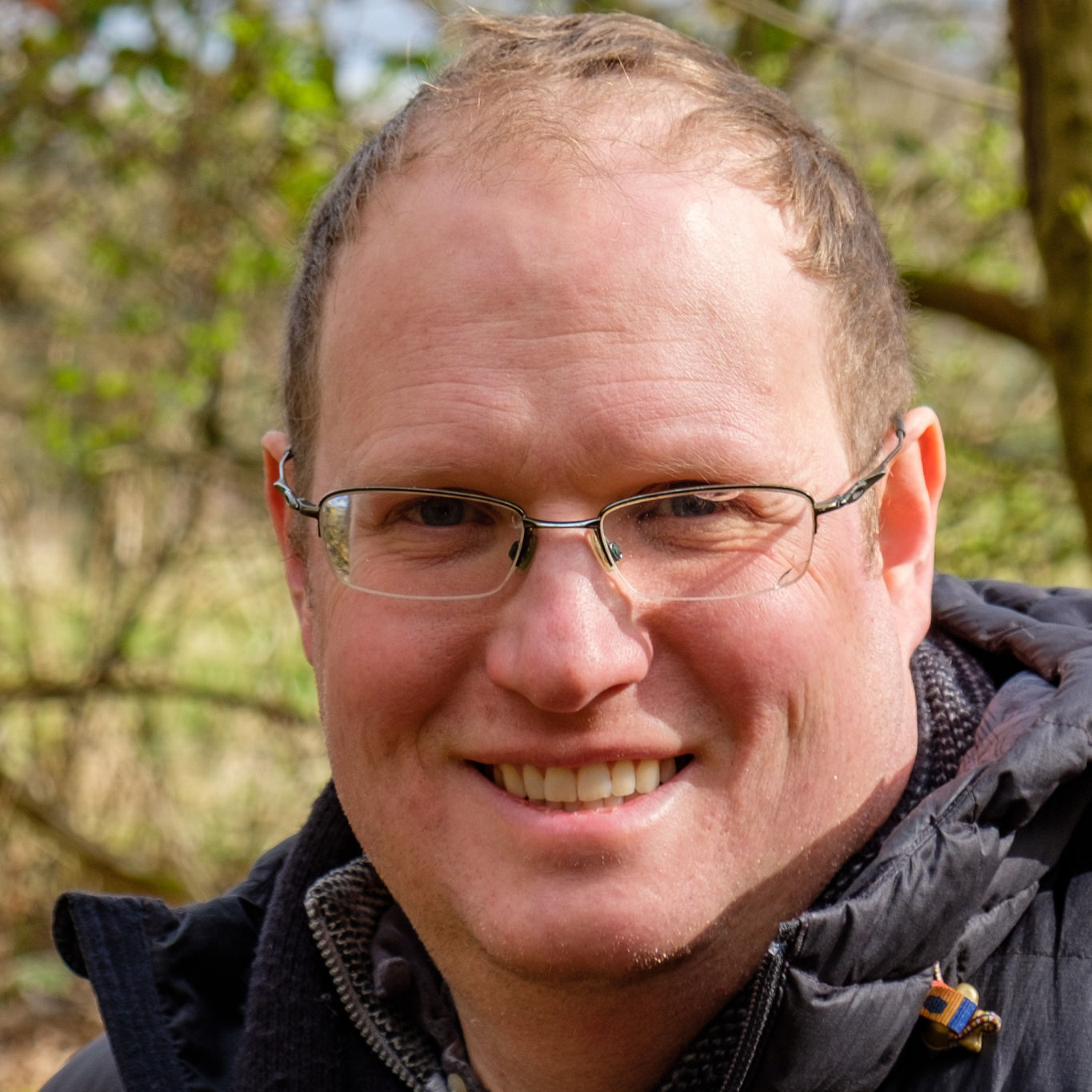High resolution characterisation of E. coli proliferation profiles in livestock faeces
Published in WASTE MANAGEMENT, 2019
“Agricultural intensification can lead to high volumes of livestock faeces being applied to land, either as solid or liquid manures or via direct defecation, and can result in reservoirs of faecal indicator organisms (FIOs) persisting within farmland. Understanding the survival of FIOs, e.g. E. coli, in agricultural environments, and in particular within different livestock faeces, is key to developing catchment management practices for the protection of ecosystem services provided by clean water. Frequently, controlled laboratory studies, under constant temperature regimes, are used to determine the impact of environmental factors on E. coli persistence in livestock faeces; however, such studies oversimplify the diurnal variations and interactions of real world conditions. The aim of this study was to investigate the survival of E. coli using a controlled environment facility, which simulated diurnal variation of temperatures typically experienced during a British spring and summer. The approach provided a comparison of E. coli persistence profiles within faeces of sheep, beef cattle and dairy cattle to allow novel interpretations of E. coli regrowth patterns in contrasting livestock faeces in the period immediately post-defecation. Thus, the coupling of a tightly controlled environment facility with high resolution monitoring enabled the development of a new non-linear, asymptotic description of E. coli proliferation in livestock faeces, with increased potential for E. coli growth observed during warmer temperatures for all livestock types. While this study focused on temperatures typical of the UK, the occurrence of a phase of E. coli regrowth has implications for microbial water quality management worldwide. (C) 2019 The Authors. Published by Elsevier Ltd..”
Use Google Scholar for full citation
Recommended citation: Kenneth Porter, Richard Quilliam, Sim Reaney, David Oliver, "High resolution characterisation of E. coli proliferation profiles in livestock faeces." WASTE MANAGEMENT, 2019.
